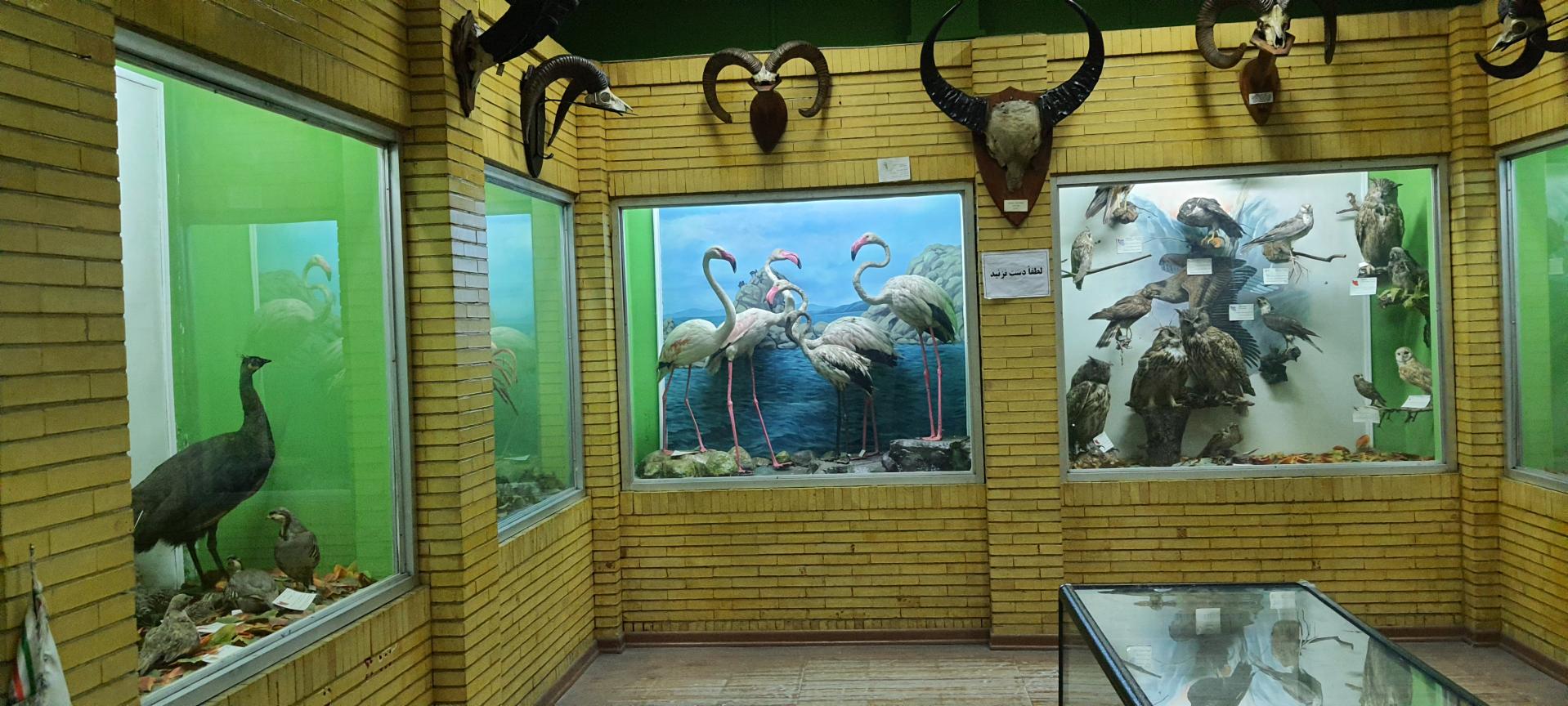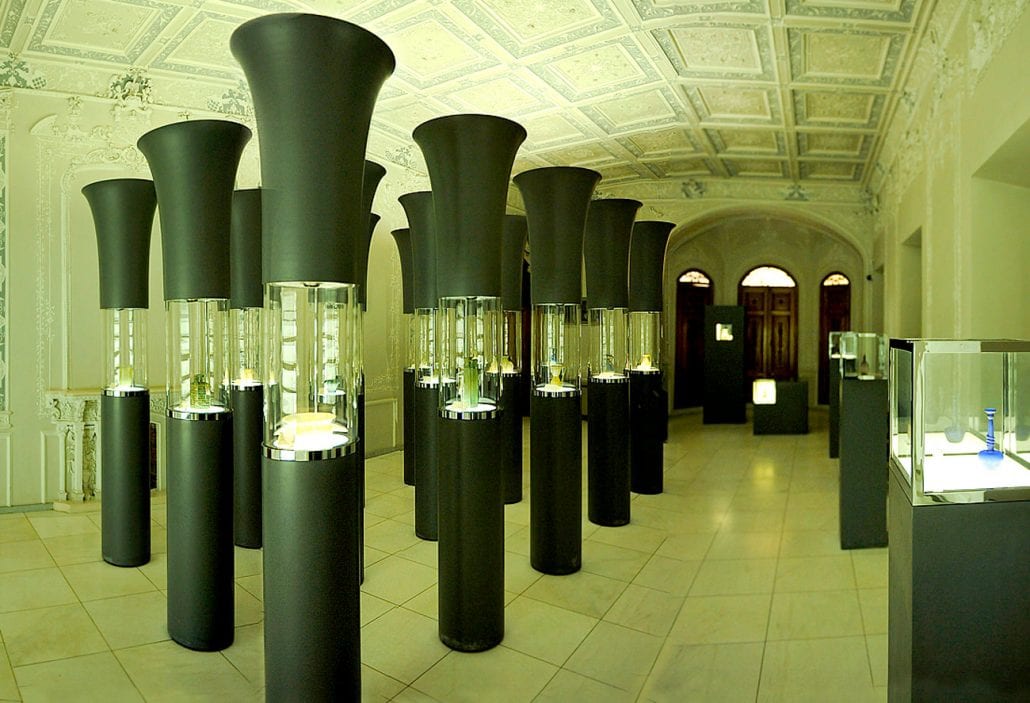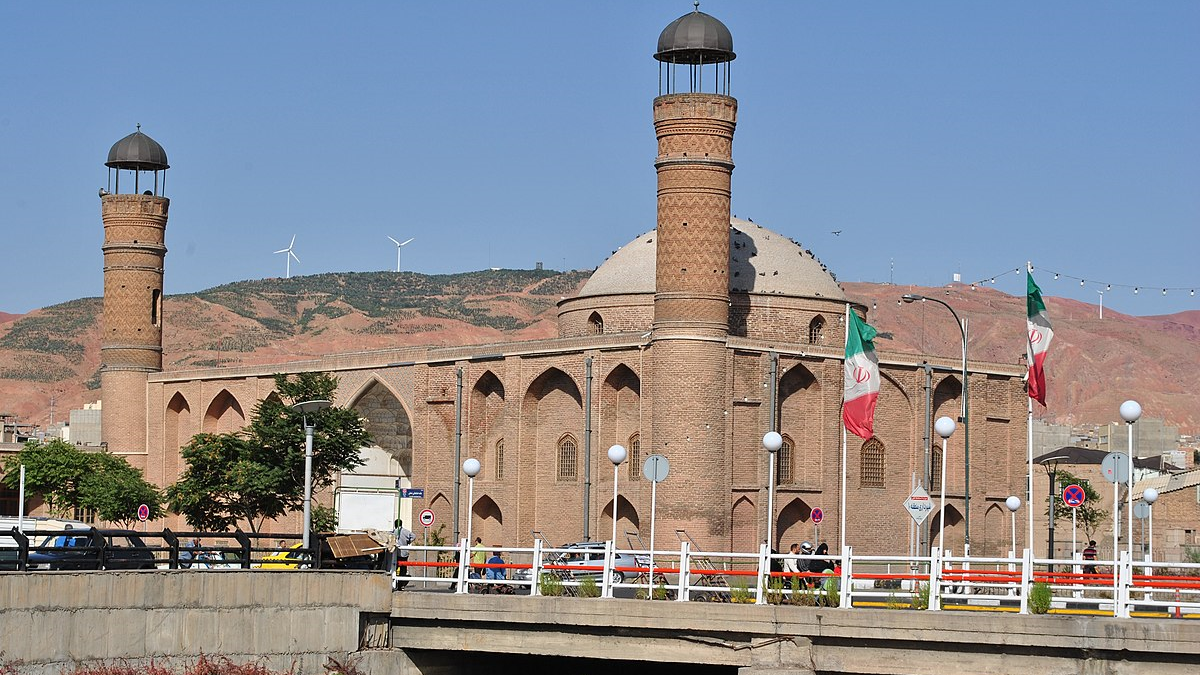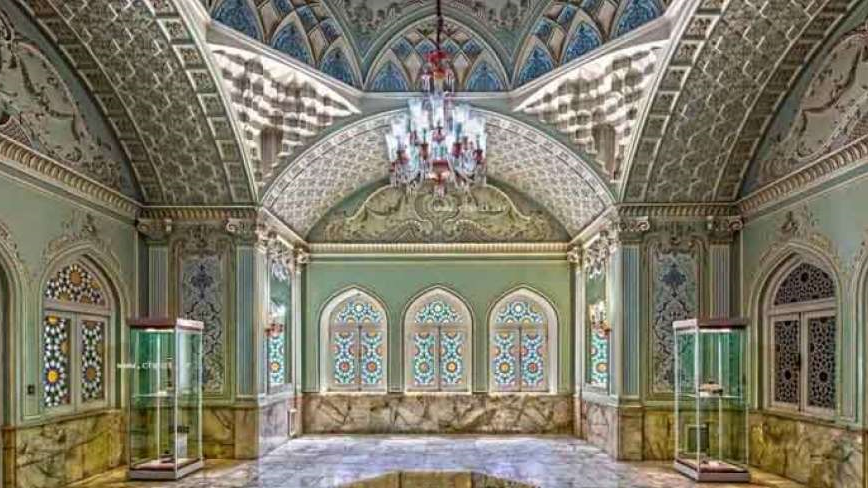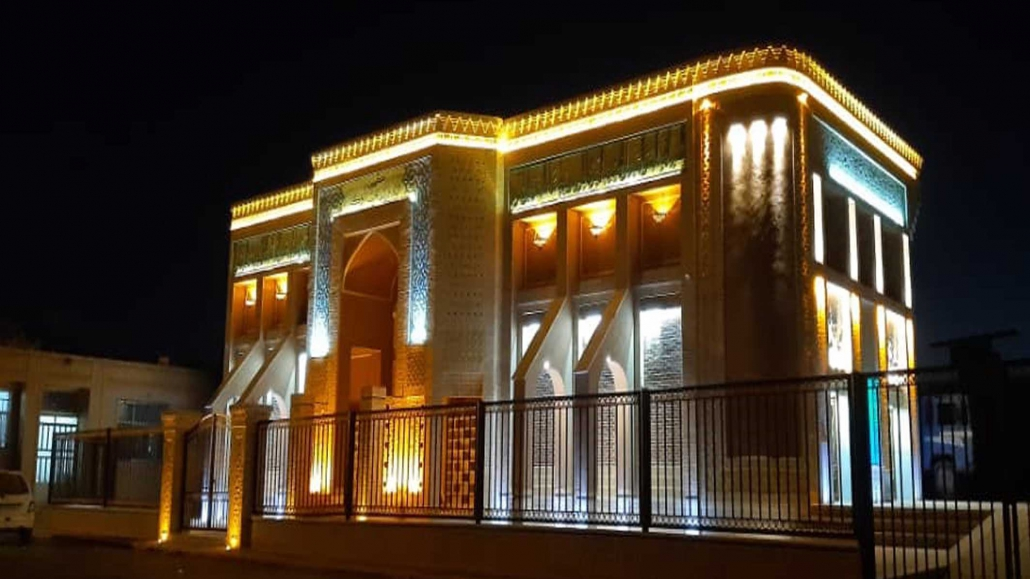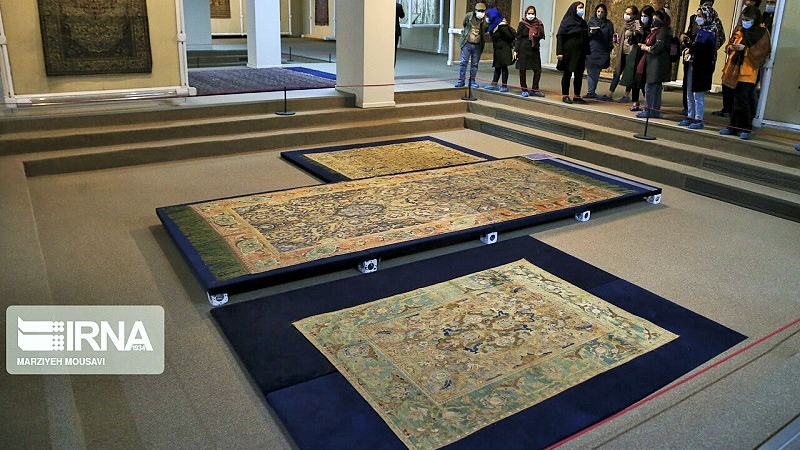
The Sanjesh Museum of Tabriz; A Place to See Interesting Human Instruments
Due to its geographical location, Tabriz has, in a way, been Iran’s gateway to modern technologies through which modern equipment from Europe and Russia were imported and sold in the country. For this reason, Tabriz has been referred to as the “City of First” in many fields in the history of Iranian science and technology. The Sanjesh Museum of Tabriz, which was established in one of the old houses of this city, is a place where measurement apparatuses of the past have been put on display. Some of these instruments, like the first European watches imported to Iran, were first used in Tabriz.
Salmasi House and the Sanjesh Museum of Tabriz
The Sanjesh Museum of Tabriz was established within the vicinity of the Salmasi House in the year 2001. This house, which had been built in the year 1961 within an area of 650 sq. meters and on two floors; the total area of which stands at 875 sq. meters, was renovated in 1995 and six years later it became a museum.
This house, which is located in the Maqsoodiyeh neighborhood of Tabriz where many historical buildings can be found, includes a brick entrance, a porch, an entrance corridor, a pool house, a large sitting area, a large three-door living room in the north, subsidiary living rooms on the eastern and western sides, a water storage place, and a garden yard.
Different parts of the Sanjesh Museum
This museum has the following three main halls:
In the first hall, the measurement tools of olden times like a flat astrolabe and a brass astronomical sphere belonging to the Qajar period (19th century), which were used to solve astronomical problems, calculate the calendar, identify the distance between the earth and the sun and the planets, determine the time of the lunar eclipse and solar eclipse, identify religious times, identify the main and secondary directions, determine the direction of Qibla, and determine the sunny and rainy days of the week and month ahead, are put on display.
The second hall has been allocated to displaying the instruments used in celestial observations. In this section, several telescopes imported to Iran from countries such as France have been displayed. Also, a number of boards containing scientific and historical information about the historical instruments of celestial measurement are on display in this hall.
The other three halls of the complex display watches, most of which were made in Germany, France, and Switzerland. These watches are made of bronze and covered with gold or wood. Some watches also have enamel and ceramic decorations. Some of the clocks on display are more than 200 years old.
The Basement of the Sanjesh Museum of Tabriz
New measurement tools such as delicate jewelry scales, Russian desktop cast iron scales that were used for weighing food items, laboratory scales, scales for weighing newborns, scales for weighing silk, steel scales in different sizes, large scales that were used to measure the weight of heavy and bulky goods, the measure stones used for weighing, dial scales, measures used for liquids and petroleum products, manual gasoline pumps as well as various tools used in such businesses as grocery, draping, and haymaking, are among the diverse and interesting objects that can be seen in the basement.
The Western part of the Sanseh Museum
In the western part of the museum, which used to be a resting place for the residents of the house in the spring, specialized meteorological and geological tools are displayed. These instruments include various thermometers, rain gauges, rulers and t-square rulers, calipers, inner gauges and outer gauges, compasses, and some secondary measurement tools, such as oil gauges, water gauges, and car engine speed gauges, folding meters, and the first generation of calculators.
One of the interesting items displayed in this museum is a 4-million-year-old tree trunk from the Pliocene era of the Neolithic geological period, which was found in the Mughan Desert of Iran some years ago and has become fossilized over time and turned into a siliceous piece of stone.
| Name | The Sanjesh Museum of Tabriz; A Place to See Interesting Human Instruments |
| Country | Iran |
| State | East Azerbaijan |
| City | Tabriz |

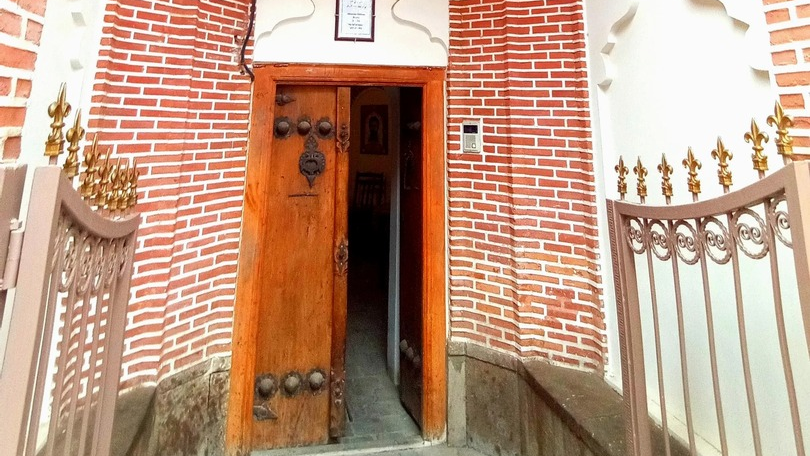
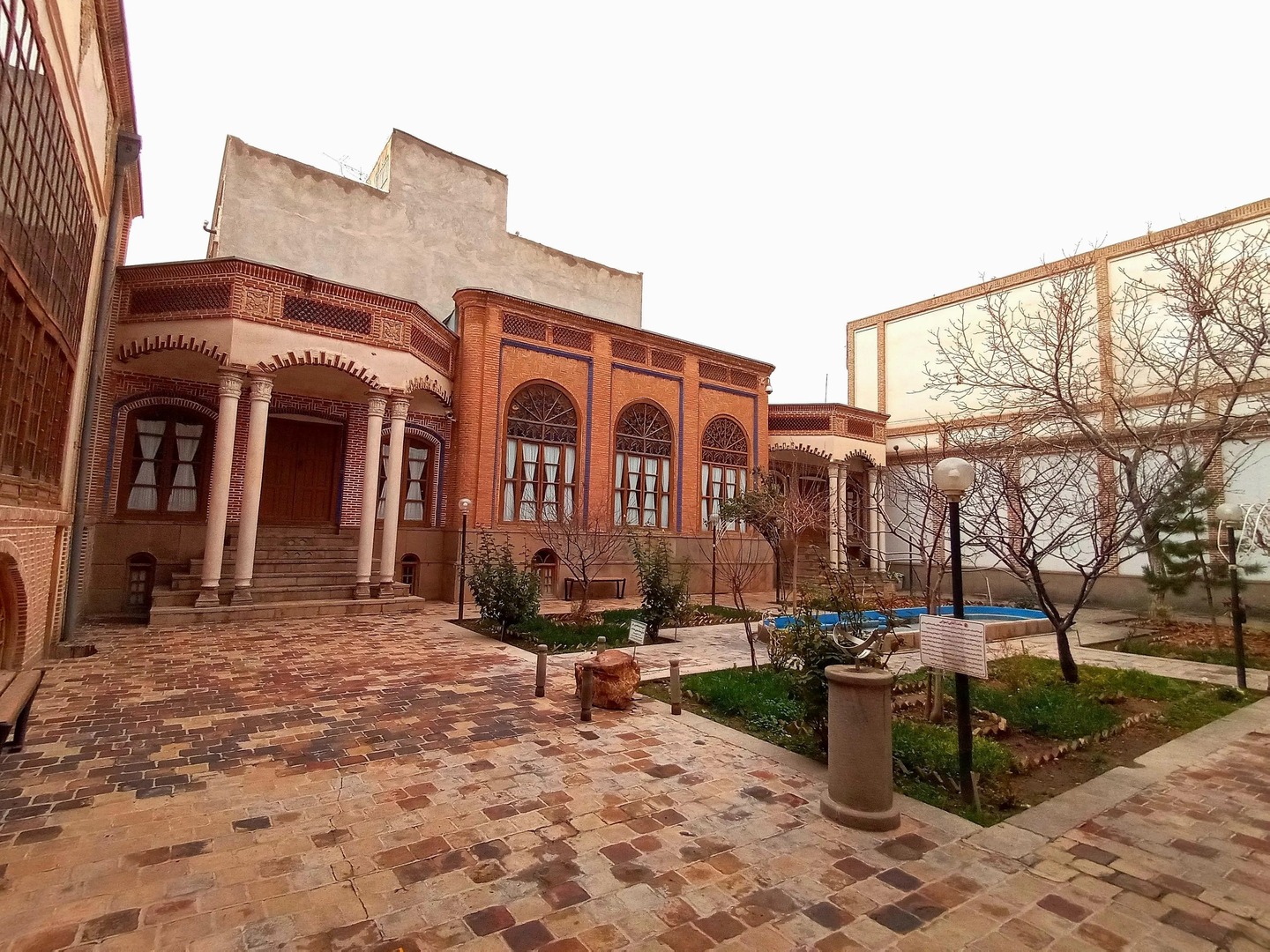
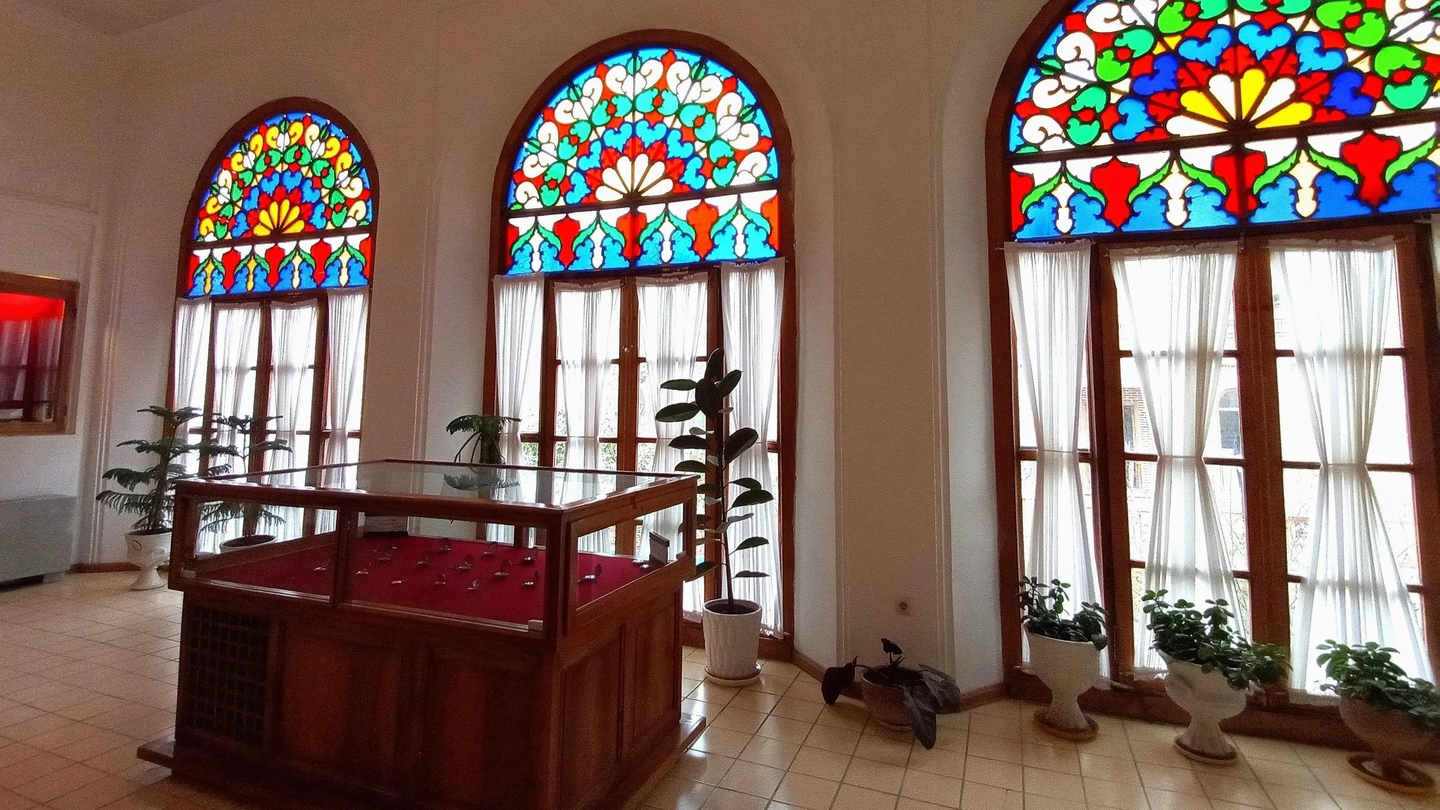
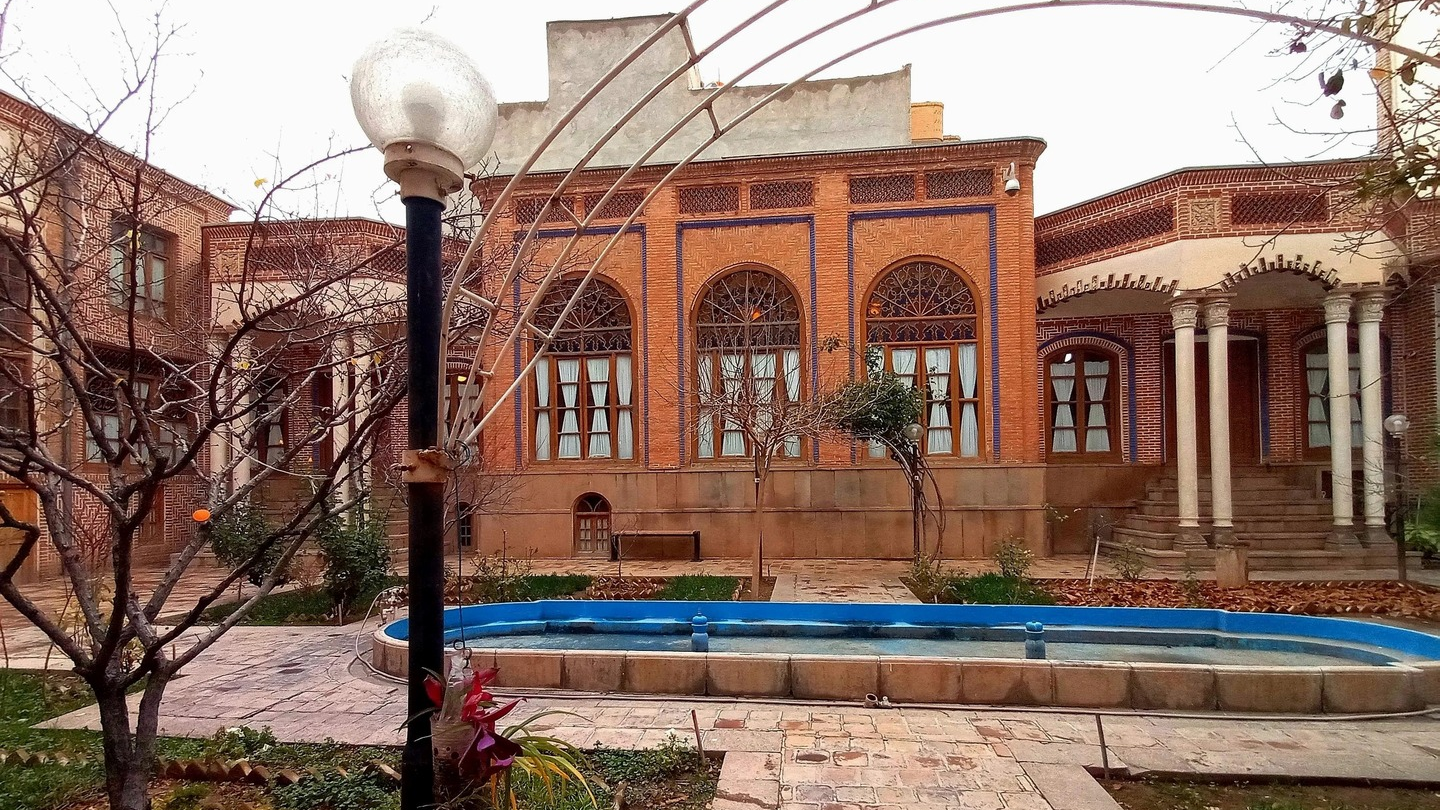
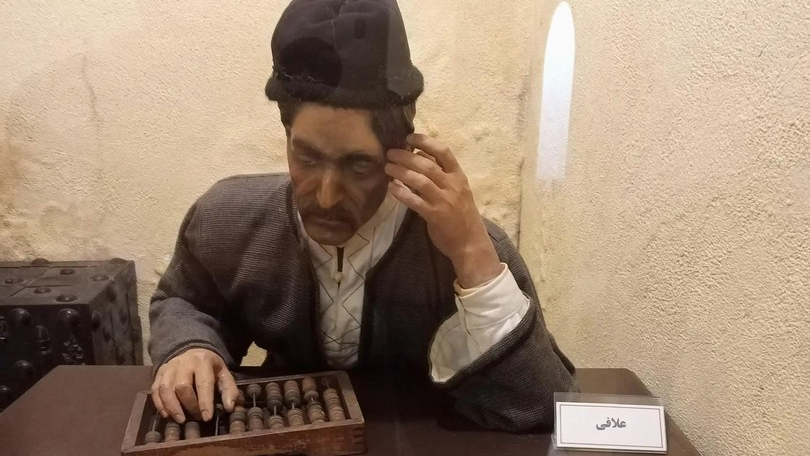
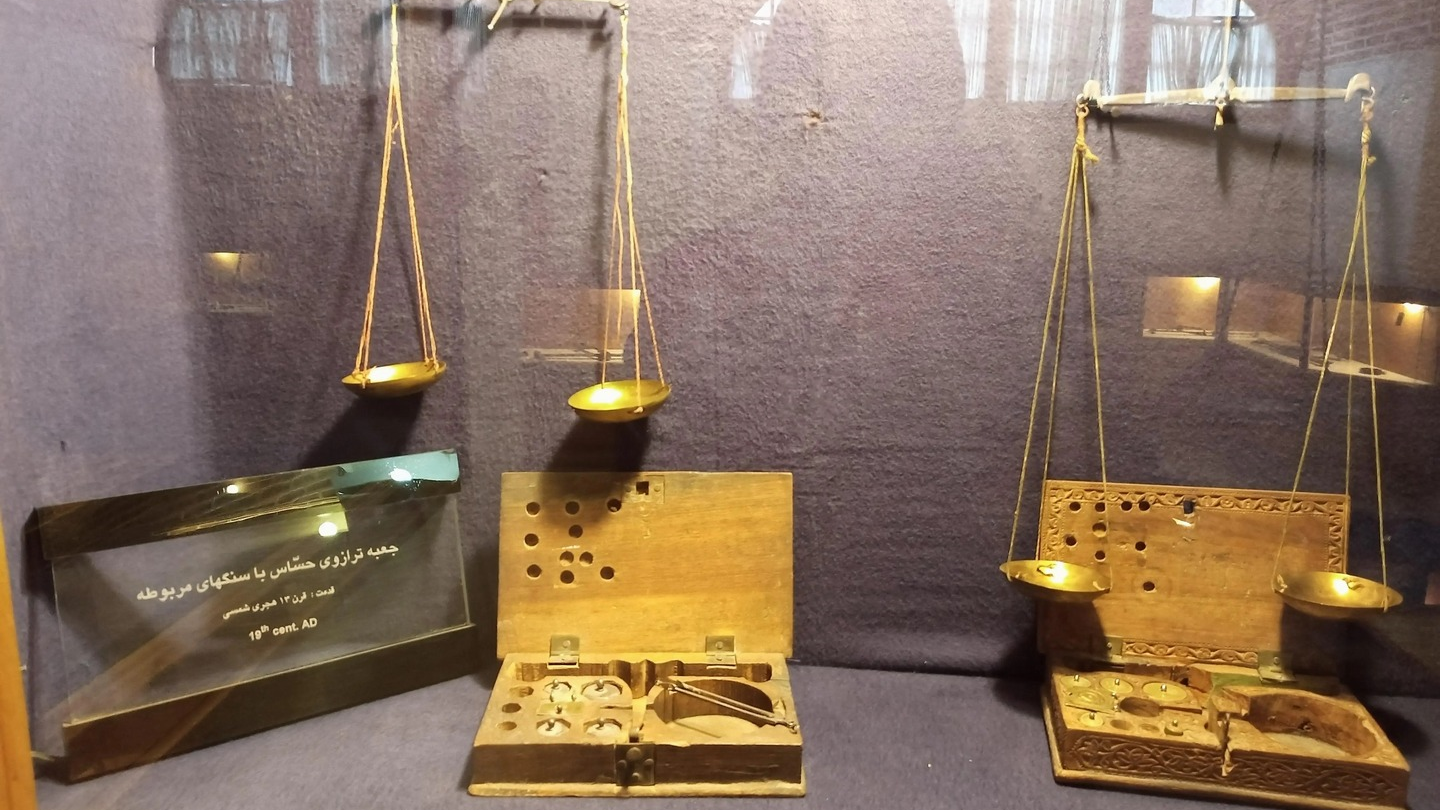
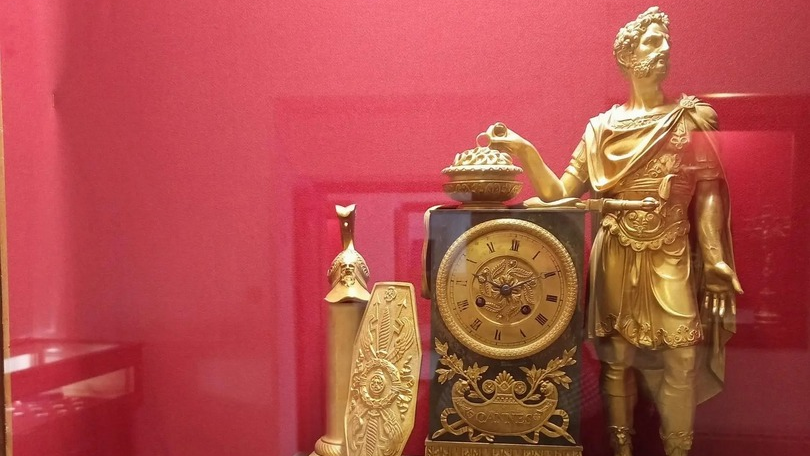
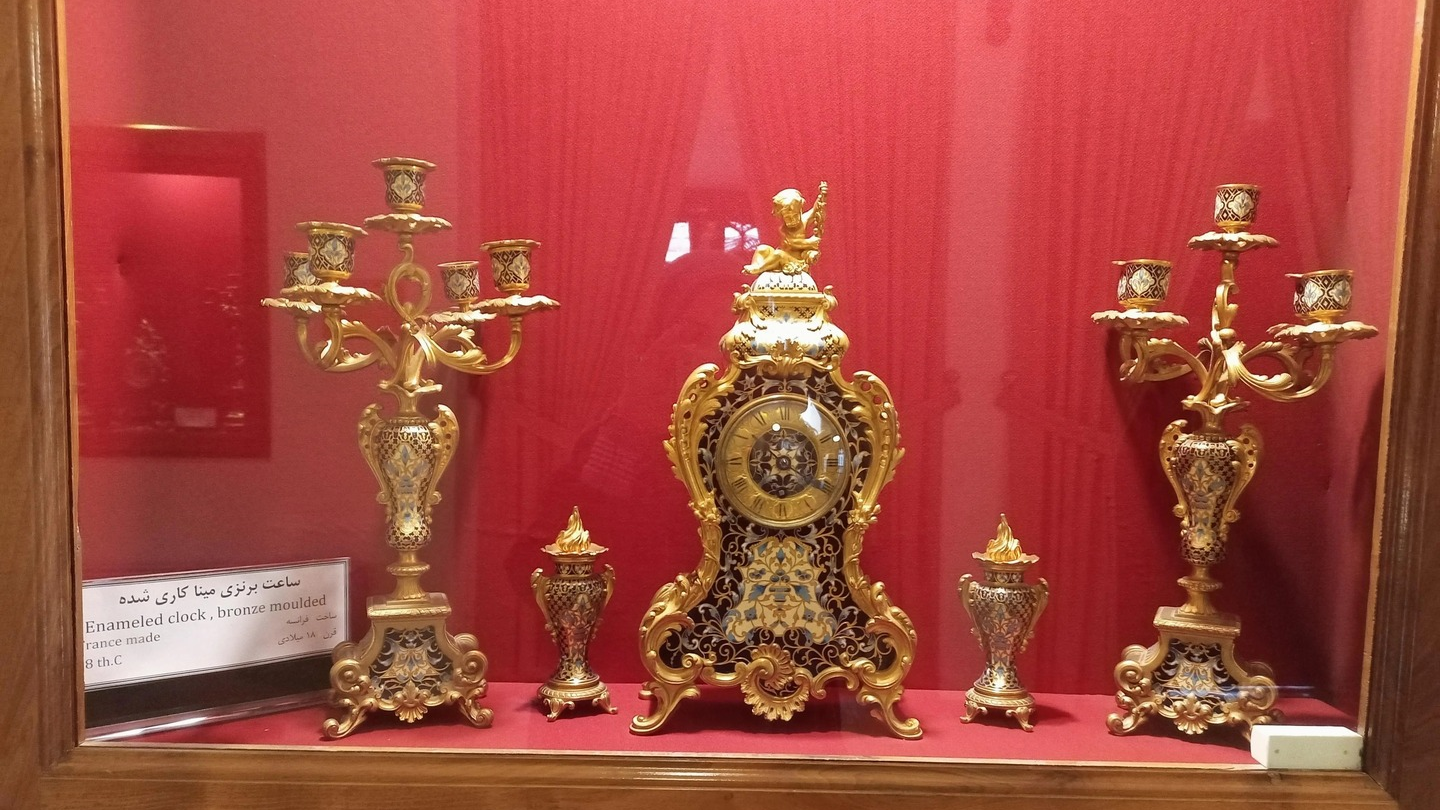

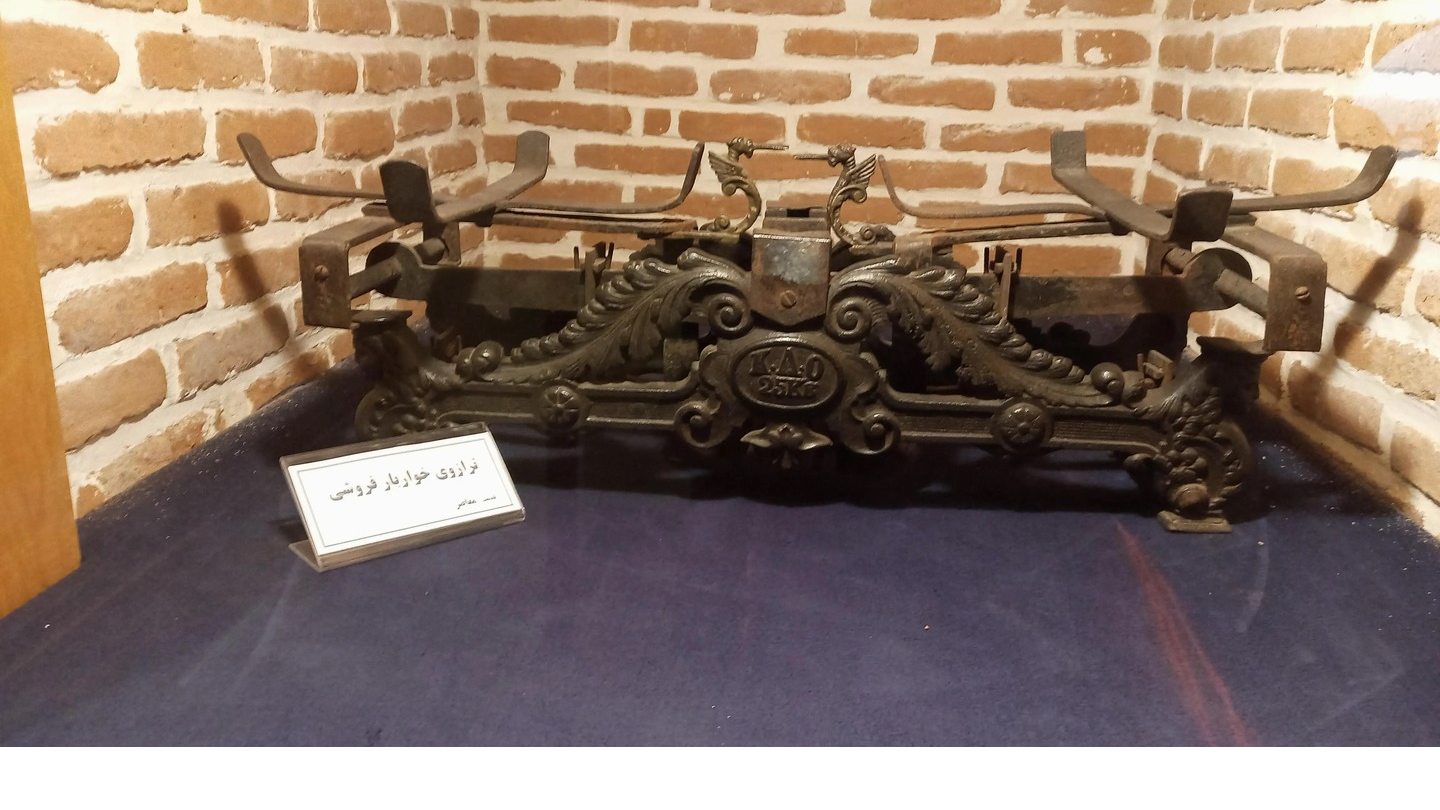
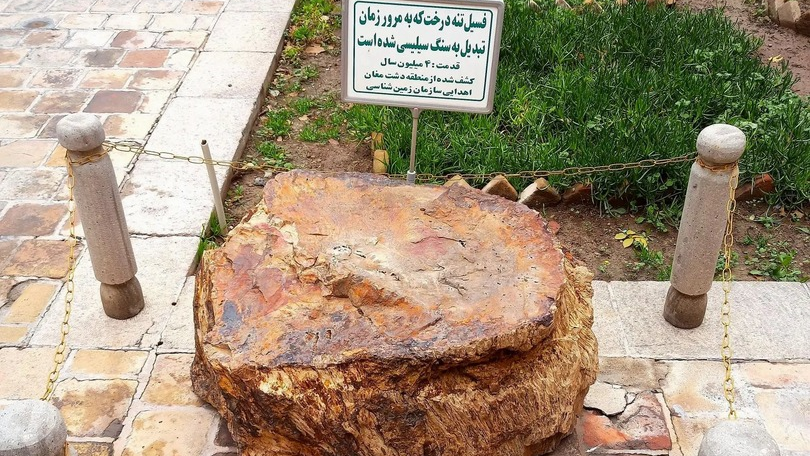












Choose blindless
Red blindless Green blindless Blue blindless Red hard to see Green hard to see Blue hard to see Monochrome Special MonochromeFont size change:
Change word spacing:
Change line height:
Change mouse type:
 ابرکوه_crop_3.jpg)






